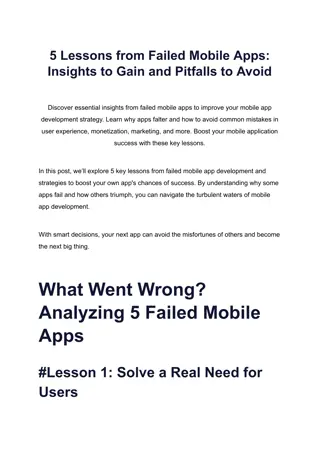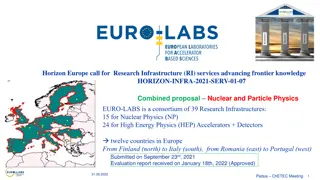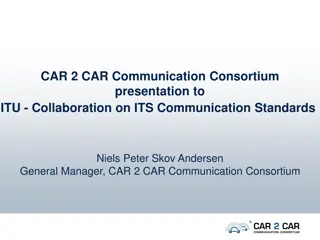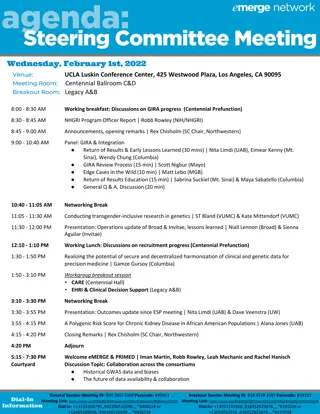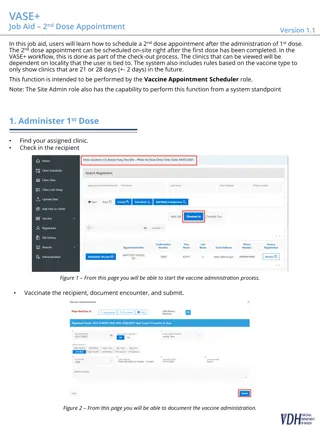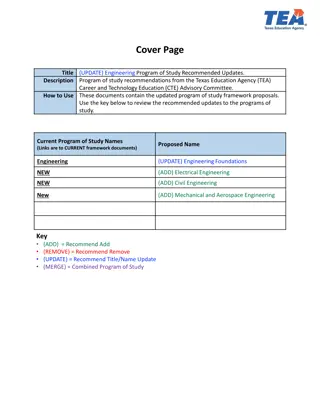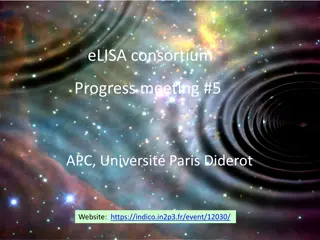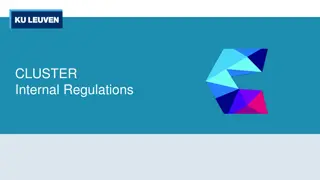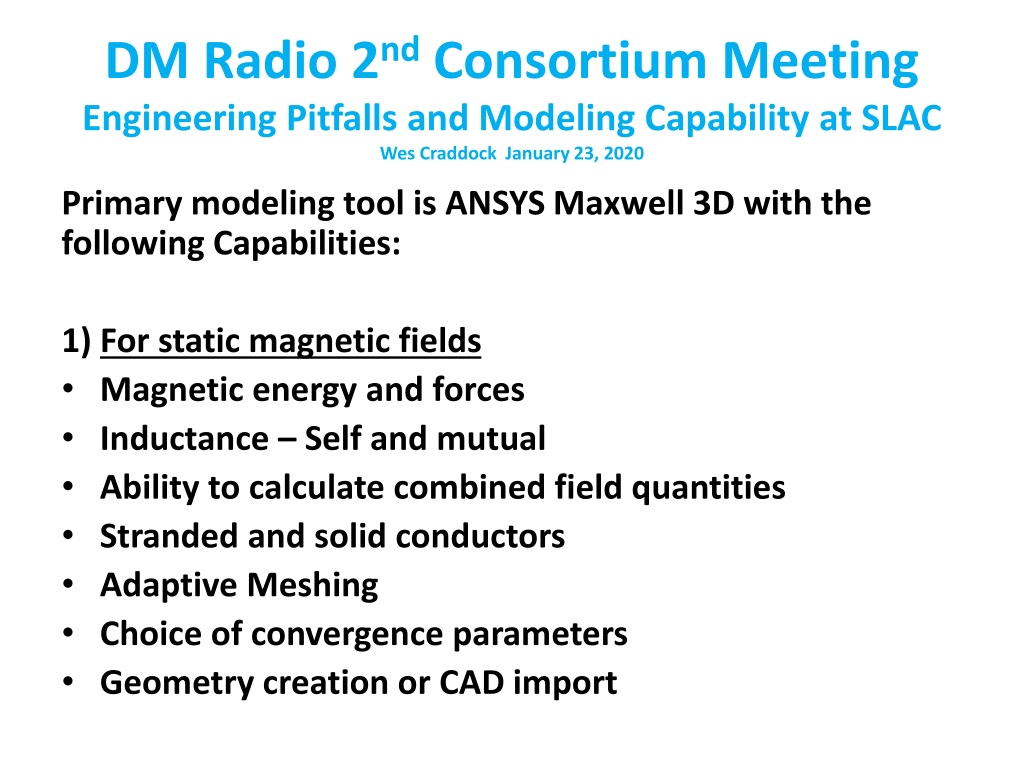
Modeling Capabilities and Engineering Challenges at SLAC
This document discusses the modeling capabilities at SLAC with ANSYS Maxwell 3D for static magnetic fields and ANSYS Mechanical for stress, vibration, and thermal analysis. It highlights the ability to analyze magnetic energy, forces, inductance, and transient currents, along with design challenges such as cooling, coil winding, superconductor selection, and structural support for coil windings. The integration between ANSYS Maxwell and ANSYS Mechanical for multiphysics simulations is also explored.
Download Presentation

Please find below an Image/Link to download the presentation.
The content on the website is provided AS IS for your information and personal use only. It may not be sold, licensed, or shared on other websites without obtaining consent from the author. If you encounter any issues during the download, it is possible that the publisher has removed the file from their server.
You are allowed to download the files provided on this website for personal or commercial use, subject to the condition that they are used lawfully. All files are the property of their respective owners.
The content on the website is provided AS IS for your information and personal use only. It may not be sold, licensed, or shared on other websites without obtaining consent from the author.
E N D
Presentation Transcript
DM Radio 2ndConsortium Meeting Engineering Pitfalls and Modeling Capability at SLAC Wes Craddock January 23, 2020 Primary modeling tool is ANSYS Maxwell 3D with the following Capabilities: 1) For static magnetic fields Magnetic energy and forces Inductance Self and mutual Ability to calculate combined field quantities Stranded and solid conductors Adaptive Meshing Choice of convergence parameters Geometry creation or CAD import
Engineering Pitfalls and Modeling Capability at SLAC Wes Craddock January 23, 2020 2) For Transient magnetic fields Transient currents and forces Useful for calculating radial crushing force on thin sheath during magnetic quench Field and current diffusion Useful for quench propagation and superconductor stability Coupling to external circuits
Engineering Pitfalls and Modeling Capability at SLAC Wes Craddock January 23, 2020 The second modeling tool is ANSYS Mechanical and ANSYS Workbench 1) For ANSYS Mechanical Stress Vibration Thermal, static and transient 2) For ANSYS Workbench to get Multiphysics Simulations Couple Maxwell geometry and solutions (e.g. forces) into ANSYS Mechanical in both directions Maxwell forces to get stress ANSYS Mechanical vibrations to get Maxwell eddy currents
Engineering Pitfalls and Modeling Capability at SLAC Wes Craddock January 23, 2020 Pitfalls / Design Challenges 1) Sufficient cooling/thermal sinking/higher than expected heat loads heat load budgets For iron core magnets, supplemental LN2 precooling and cooldown time 2) Coil winding How is it done, mandrel material, who does it. 3) Superconductor choice Cu/NbTi ratio, type of conductor, peak field on conductor, thermal margin, quench propagation/current extraction, conductor stress, potted or not, adequate conduction cooling, incorporation of high purity aluminum for quench back, conductor insulation 4) Possible available conductor that can be used
Engineering Pitfalls and Modeling Capability at SLAC Wes Craddock January 23, 2020 Pitfalls / Design Challenges 5) External structural support of coil windings All forces are outward with a net force towards the axis of symmetry. This could take substantial space 6) Internal structural support of the coil winding package preloading of coil 7) Vertical support of the gravity load Connection of supports through winding 8) High temperature current leads and SC splices 9) Stray fields on superconducting shields -- Choice of superconductor
Engineering Pitfalls and Modeling Capability at SLAC Wes Craddock January 23, 2020 Pitfalls / Design Challenges 10) Vibrations from seismic and pulse tube refrigerators relative motion of shields and pick up coil


